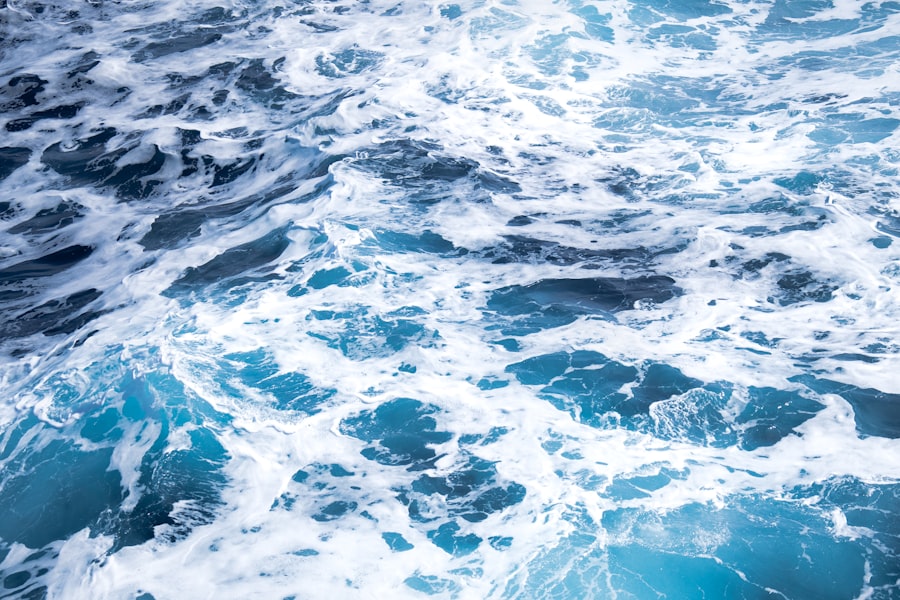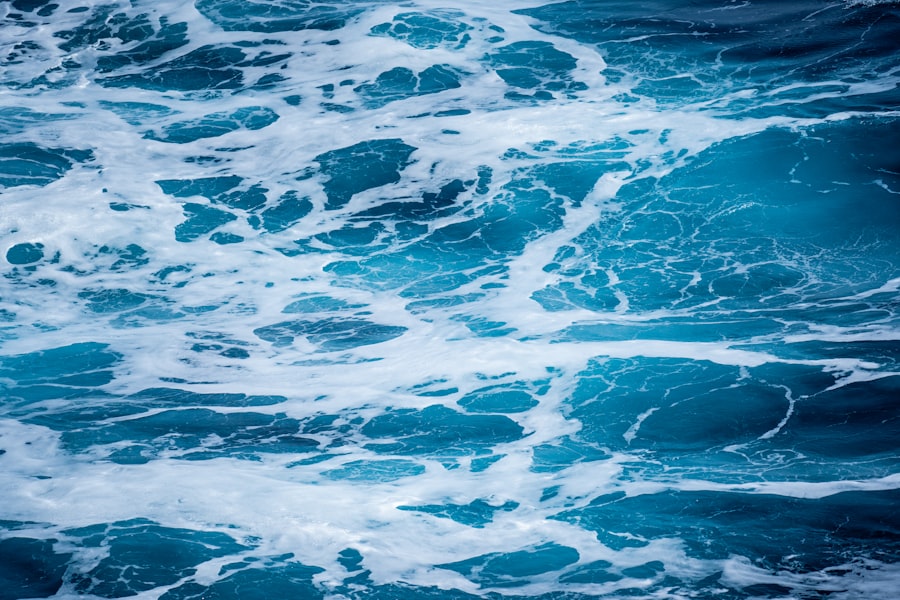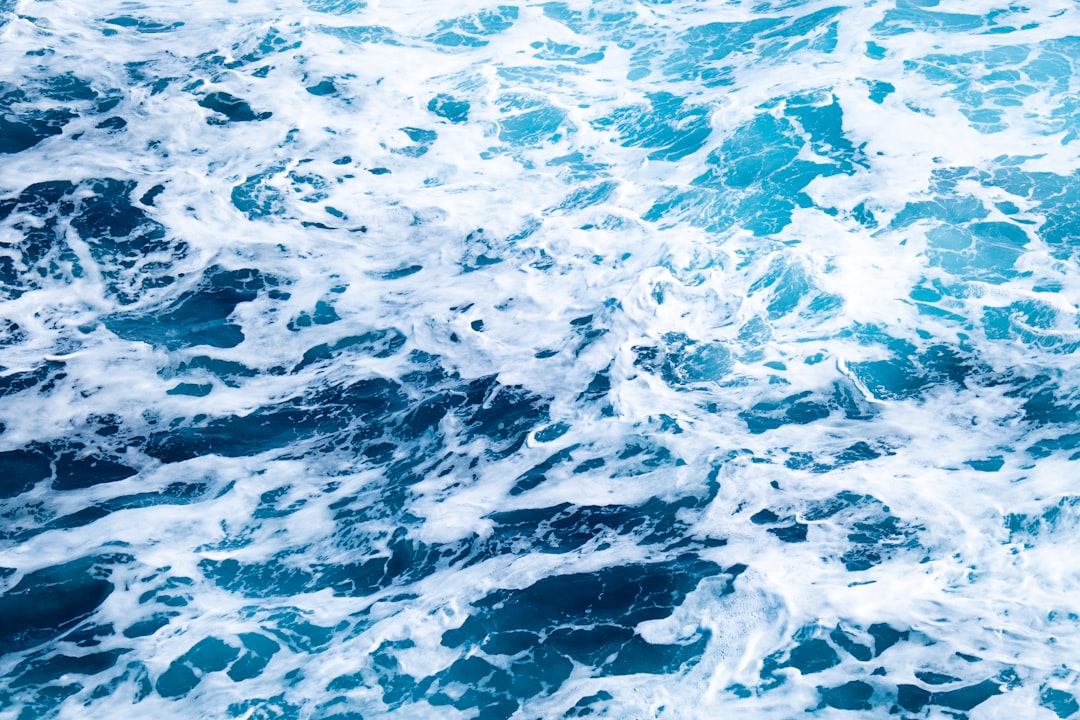The Drake Passage, a body of water that separates South America from Antarctica, is renowned for its tumultuous seas and unpredictable weather patterns. Stretching approximately 600 miles, this passage is often considered one of the most challenging maritime routes in the world. Named after the English explorer Sir Francis Drake, who navigated these waters in the late 16th century, the Drake Passage serves as a critical gateway for vessels traveling to and from the Antarctic region.
Its unique geographical position contributes to its notorious reputation, as it is where the Atlantic and Pacific Oceans converge, creating a confluence of currents that can lead to rough seas. The passage is not only significant for its navigational challenges but also for its ecological importance. The waters are rich in marine life, serving as a feeding ground for various species of whales, seals, and seabirds.
The nutrient-rich upwellings in the area support a diverse ecosystem, making it a prime location for wildlife enthusiasts and researchers alike. Understanding the dynamics of the Drake Passage is essential for anyone planning to traverse its waters, as it requires careful consideration of weather patterns, sea conditions, and the potential for wildlife encounters.
Key Takeaways
- The Drake Passage is a notoriously rough body of water located between the southern tip of South America and the northern tip of the Antarctic Peninsula.
- The best time to cross the Drake Passage is during the austral summer (November to March) when the weather is relatively milder and the seas are calmer.
- Before embarking on the journey, it is important to prepare for the passage by consulting with a doctor, obtaining necessary medications, and familiarizing oneself with safety procedures.
- Essential items to pack for the passage include motion sickness medication, warm and waterproof clothing, sturdy footwear, and a camera for capturing wildlife encounters.
- Safety precautions and emergency procedures include attending safety briefings, wearing a life jacket when instructed, and following the instructions of the crew in the event of an emergency.
Choosing the right time to cross
Selecting the optimal time to cross the Drake Passage is crucial for ensuring a smoother journey. The passage experiences two distinct seasons: summer and winter. The summer months, from November to March, are generally considered the best time for crossing due to milder weather conditions and calmer seas.
During this period, temperatures are more favorable, and daylight hours are extended, allowing for better visibility and opportunities to observe wildlife. Travelers often find that embarking on their journey during these months enhances their overall experience. Conversely, winter months bring harsher conditions characterized by strong winds and rough seas.
While some adventurers may seek the thrill of crossing during this time, it is essential to be aware of the increased risks involved. Weather patterns can change rapidly in this region, leading to challenging navigation and potential delays. Therefore, those planning a trip should carefully assess their comfort level with unpredictable conditions and consider their travel goals when deciding on the timing of their crossing.
Preparing for the journey

Preparation is key when embarking on a journey across the Drake Passage. Travelers should begin by researching various travel options, including cruise lines and expedition companies that specialize in Antarctic voyages. Each operator may offer different itineraries, amenities, and levels of comfort, so it is essential to choose one that aligns with personal preferences and expectations.
Additionally, understanding the logistics involved in reaching departure points, such as Ushuaia in Argentina, is vital for ensuring a smooth start to the adventure. Physical preparation is equally important. The crossing can be physically demanding due to potential seasickness and the need for stamina during excursions on land.
Engaging in regular exercise prior to departure can help travelers build endurance and adaptability. Furthermore, individuals prone to motion sickness should consult with healthcare professionals about preventive measures or medications that can alleviate discomfort during the crossing.
Packing essentials for the passage
| Item | Quantity | Description |
|---|---|---|
| Water bottle | 1 | Reusable and leak-proof |
| Snacks | Various | Non-perishable and high-energy |
| Sunscreen | 1 | SPF 30 or higher |
| First aid kit | 1 | Bandages, antiseptic wipes, pain relievers |
| Map and compass | 1 | For navigation |
Packing wisely is essential for a successful journey across the Drake Passage. Given the unpredictable weather conditions, travelers should prioritize versatile clothing that can be layered for warmth and protection against wind and rain. Waterproof jackets, thermal layers, and sturdy footwear are must-haves for anyone venturing into this rugged environment.
Additionally, packing accessories such as hats, gloves, and scarves can provide extra warmth during excursions. Beyond clothing, travelers should also consider bringing personal items that enhance comfort during the crossing. Items such as travel pillows, eye masks, and noise-canceling headphones can make long hours at sea more enjoyable.
Furthermore, it is advisable to pack a small supply of snacks and entertainment options like books or electronic devices loaded with movies or music to help pass the time during potentially rough stretches of water.
Safety precautions and emergency procedures
Safety should always be a top priority when navigating the Drake Passage. Travelers should familiarize themselves with the safety protocols established by their chosen expedition company before setting sail. This includes understanding emergency procedures such as evacuation plans and how to use life jackets properly.
Most vessels will conduct safety drills shortly after departure to ensure that all passengers are aware of their responsibilities in case of an emergency. In addition to onboard safety measures, travelers should also be mindful of their personal safety while participating in excursions on land or during wildlife encounters. It is crucial to follow guidelines provided by experienced guides and maintain a respectful distance from wildlife to avoid disturbing their natural behaviors.
Being aware of one’s surroundings and adhering to safety instructions can significantly enhance the overall experience while minimizing risks.
Navigating rough seas and unpredictable weather

Crossing the Drake Passage often involves navigating through rough seas and unpredictable weather conditions. Travelers should mentally prepare themselves for potential turbulence during the journey. Understanding that fluctuations in sea conditions are common can help set realistic expectations.
Many seasoned travelers recommend adopting a positive mindset and embracing the adventure rather than focusing solely on discomfort. To cope with rough seas, it is advisable to stay hydrated and eat light meals that are easy on the stomach. Engaging in activities that promote relaxation, such as reading or meditating, can also help alleviate anxiety during turbulent moments.
Additionally, travelers should remain aware of their surroundings and follow any guidance provided by crew members regarding movement around the ship during rough patches.
Wildlife encounters in the Drake Passage
One of the most exciting aspects of crossing the Drake Passage is the opportunity for wildlife encounters. The waters are teeming with marine life, including various species of whales such as humpbacks, orcas, and minke whales. Birdwatchers will also delight in spotting seabirds like albatrosses and petrels soaring above the waves.
These encounters can be awe-inspiring moments that create lasting memories for travelers. To maximize wildlife viewing opportunities, travelers should remain vigilant and keep their cameras ready at all times. Many expedition companies offer guided tours focused on wildlife observation, providing valuable insights into the behaviors and habitats of these magnificent creatures.
Engaging with knowledgeable guides can enhance understanding and appreciation of the delicate ecosystems present in this remote region.
Tips for staying comfortable during the crossing
Staying comfortable during a crossing of the Drake Passage requires thoughtful planning and adaptability. One effective strategy is to dress in layers that can be adjusted according to changing temperatures both inside and outside the vessel. This approach allows travelers to remain warm while enjoying outdoor activities without overheating indoors.
Additionally, finding a comfortable spot on board can significantly enhance one’s experience during long stretches at sea.
Taking breaks to stretch and move around can also help alleviate any discomfort associated with prolonged sitting.
Activities and entertainment on board
While crossing the Drake Passage may involve long hours at sea, many expedition vessels offer a variety of activities and entertainment options to keep passengers engaged. Educational lectures led by experts in marine biology, geology, or history provide valuable insights into the region’s unique characteristics and significance. These presentations often spark curiosity and foster a deeper appreciation for the environment being traversed.
In addition to educational programs, many ships feature recreational amenities such as fitness centers or spas where travelers can unwind after a day of exploration. Socializing with fellow passengers during meal times or organized events can also enhance camaraderie among travelers sharing this extraordinary journey.
Arrival in South Georgia
Arriving in South Georgia marks a significant milestone for those who have crossed the Drake Passage. This remote island is renowned for its stunning landscapes, rich history, and abundant wildlife. As travelers disembark from their vessels, they are greeted by towering mountains covered in glaciers and pristine beaches teeming with seals and penguins.
Exploring South Georgia offers numerous opportunities for adventure and discovery. Visitors can embark on guided hikes through breathtaking scenery or participate in wildlife observation excursions that allow them to witness animals in their natural habitats. The island’s historical significance as a whaling station adds an intriguing layer to its allure, inviting travelers to learn about its past while immersing themselves in its natural beauty.
Reflecting on the journey and the experience
The journey across the Drake Passage is often transformative for those who undertake it. As travelers reflect on their experiences, they may find themselves filled with a sense of accomplishment for having navigated one of the world’s most challenging maritime routes. The memories created during this adventure—whether it be witnessing majestic whales breaching or standing amidst colonies of penguins—become cherished stories shared with friends and family.
Moreover, crossing the Drake Passage serves as a reminder of nature’s power and beauty. The raw wilderness encountered along this route fosters a deep appreciation for our planet’s diverse ecosystems and highlights the importance of conservation efforts in preserving these fragile environments for future generations. Ultimately, this journey becomes more than just a passage; it transforms into an unforgettable experience that resonates long after returning home.
The Drake Passage is a renowned body of water that serves as a gateway to the remote and stunning landscapes of South Georgia. This region is known for its rich biodiversity and dramatic scenery, attracting adventurers and nature enthusiasts alike. For those interested in exploring more about the geographical wonders and the unique ecosystems of South Georgia, a related article can be found on MyGeoQuest. This article delves into the fascinating aspects of the region, offering insights into its natural beauty and the challenges of navigating the Drake Passage. To learn more, visit the article on MyGeoQuest.
WATCH NOW! Drake Passage: Earth’s Deadliest Waters Revealed
FAQs
What is the Drake Passage?
The Drake Passage is the body of water between the southern tip of South America and the northern tip of the Antarctic Peninsula. It is known for its rough seas and challenging sailing conditions.
Where is South Georgia located?
South Georgia is an island in the southern Atlantic Ocean, located about 1,300 kilometers east-southeast of the Falkland Islands.
What is the significance of South Georgia?
South Georgia is known for its stunning scenery, diverse wildlife, and historical significance as a former whaling and sealing hub. It is also a popular destination for wildlife enthusiasts and adventure travelers.
What is the wildlife like in South Georgia?
South Georgia is home to a wide variety of wildlife, including penguins, seals, albatrosses, and other seabirds. It is also known for its large populations of whales, particularly during the summer months.
What is the best way to reach South Georgia?
The most common way to reach South Georgia is by sea, typically as part of a cruise or expedition that also includes other destinations in the Antarctic region. There are no commercial flights to South Georgia, so traveling by sea is the primary option.
What is the weather like in the Drake Passage and South Georgia?
The weather in the Drake Passage and South Georgia can be unpredictable and harsh, with strong winds, rough seas, and rapidly changing conditions. The summer months (November to March) offer the best chance for milder weather, but travelers should be prepared for challenging conditions at any time of year.
